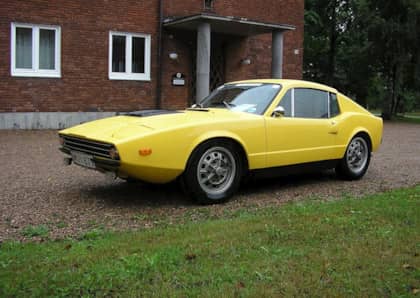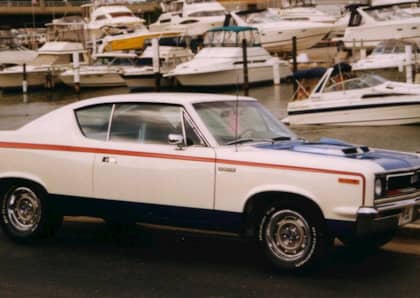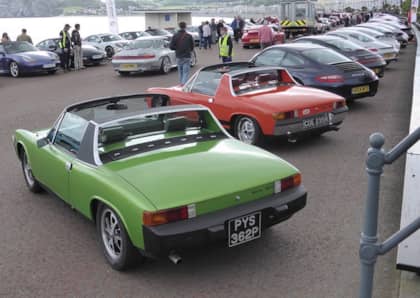The Weird AMC Pacer, American Motors's Doomed Compact Warrior That Battled Pintos and Vegas
The compact car craze caught many automakers unprepared at the beginning of the 1970s. With fuel prices rising and consumers increasingly concerned about the state of their pocketbook, American brands would being their awkward transition from the excesses of the muscle car glory days to the, um excesses of the Malaise era.
Caught in between were a group of small commuter cars like the AMC Pacer, vehicles that tried to be everything to all people, but which were often hobbled by shrinking budgets, unsuccessful technology, or weird ideas about what the public actually wanted in a vehicle.
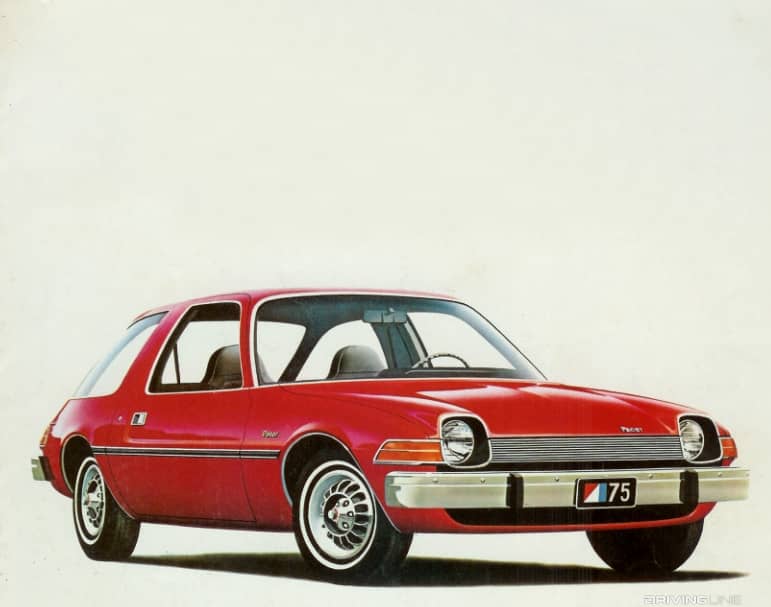
The Pacer was the unfortunate a victim of all three of the above, and yet almost 50 years later it hangs on in pop culture as a model that's simply too weird to die out in the minds of classic car fans and amateur 70s historians alike.
The Best Intentions
Like a number of AMC projects at the time, the Pacer (dubbed 'Project Amigo) was intended to take advantage of a host of new design ideas and drivetrain technologies that would lift it above rivals like the Chevrolet Vega and the Ford Pinto. It was viewed as the 'car of the future' by company execs, and would be heavily marketed as such when it arrived in 1975.
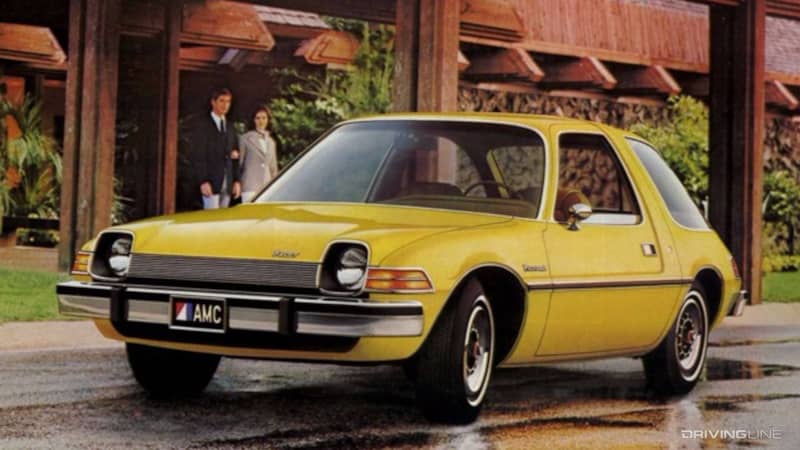
Under the hood, American Motors Corporation had been working frantically to develop a version of the Wankel rotary engine that would delivery a respectable mix of power and fuel economy. In fact, much of the Pacer had been designed around the idea that it would be outfitted with a rotary, which weighed significantly less than a traditional piston-driven engine.
Faced with limited resources of its own (which ruled out other mooted tech advancements such as a potential front-wheel drive setup), AMC went so far as to partner with both General Motors and Curtiss-Wright to build the motors for them.
Fishbowl Living Room
Another major influence on the Pacer were the ideas AMC had about what passengers would expect from compact cars over the course of the coming years. It was an era where individuals spent more time sitting in traffic than they did carving corners, and as such interior room and comfort were prioritized over almost every other aspect of the vehicle's personality.
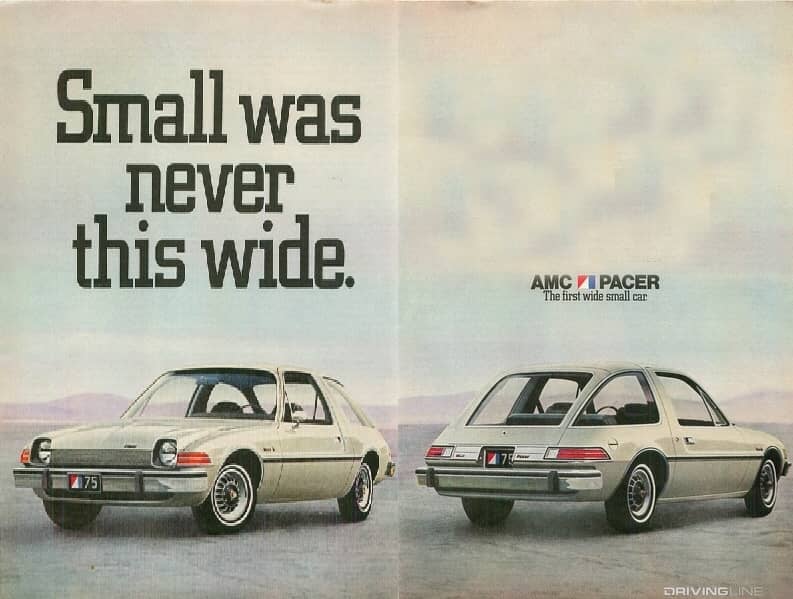
The Pacer also had to conform to stricter bumper regulations, and that, combined with a general fear that future crash test requirements would be impossibly strict, would go a long way towards creating the unusual shape that the car is most often remembered for. It was a vehicle half as wide as it was long, which gave it enormous cabin volume on par with a full-size sedan despite its ostensible compact classification. Taken together with its enormous glass front, rear, and to the sides (plus its relatively low beltline), it quickly earned the 'fishbowl' nickname.
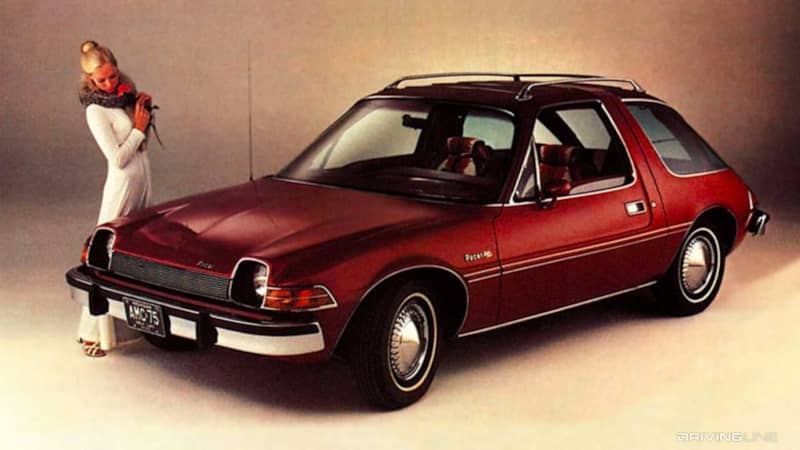
The focus on practicality extended to the Pacer's ingress and egress points, with the right-side door longer than the driver's door to make it easier to access the rear seat, and a true hatch that made it simple to load cargo on top of the fold-flat back bench when passengers weren't in the mix.
It All Fell Apart
Both the desire for a Wankel and the pressure to build an ultra-safe, and roomy passenger compartment would compromise the AMC Pacer in ways that would inevitably hurt its sales.
It wasn't until the 11th hour that the deals American Motors had made for a rotary power plant fell through. By 1974 even the engineers at giant General Motors had been unable to produce a version of the engine that could meet onerous EPA emissions regulations or deliver the kind of effortless low-end torque that U.S. buyers were used to.
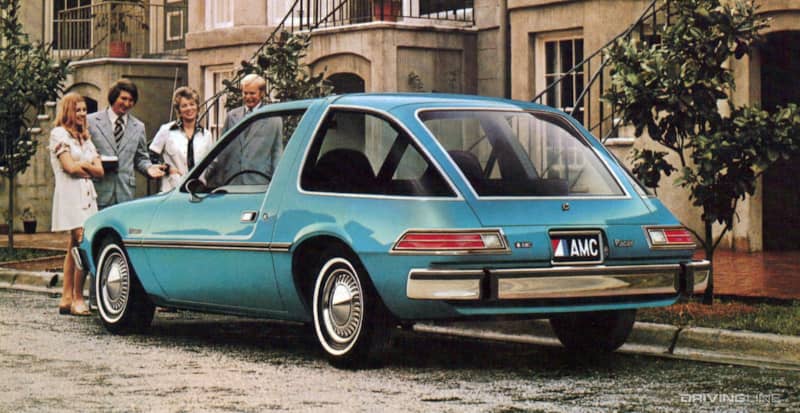
In walking away from their rotary program GM forced AMC to scramble, and although the company had experimented with units from other suppliers (such as NSU), ultimately the car would be saddled with the old-tech inline six-cylinder engine dredged up from the automaker's past. Underpowered and thirsty (checking in at roughly 5 mpg less than its Detroit compact competitors), the motor was also a poor fit for the Pacer's engine bay.
Intentionally kept short for easier urban navigation and parking, the last-minute switch required the team to slice the firewall and bury the last two cylinders deep under the dash. Although it would eventually be upgraded (and a 5.0-liter V8 would join the fray), the Pacer was at a disadvantage right from the moment it went on sale.
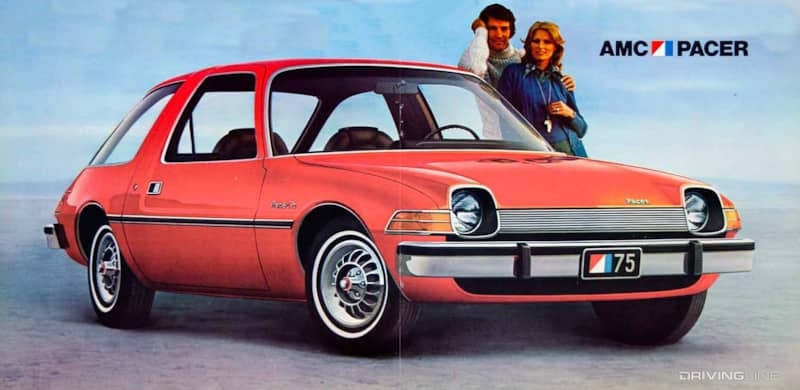
The car's unusual proportions (penned by Dick Teague, who would later be responsible for the Jeep Cherokee XJ), would also make it an outlier in a world where compact cars were increasingly svelte. It was difficult for AMC fans to reconcile replacing the relatively normal-looking Gremlin with the much less conventional Pacer, especially when the Vega, the Pinto, and soon the Monza were available at the same price. Much of the Pacer's running gear was borrowed from other, less-than-exciting AMC products too, which meant it wasn't all that interesting to drive.
AMC's Last Hurrah
After a solid start, the AMC Pacer never truly found its audience. Despite its heavy curb weight, only 100 horsepower at its disposal, and a somewhat expensive price tag, 145,000 families were able to look past the Pacer's unusual styling and notice the spacious and comfortable habitat it offered them as they parsed traffic jams and waited in fuel lines. Media response was also surprisingly favorable, but gushing reviews focusing on the car's positive points couldn't turn the tide in AMC's favor after quality defects—particularly in the engine bay—began to turn off buyers.
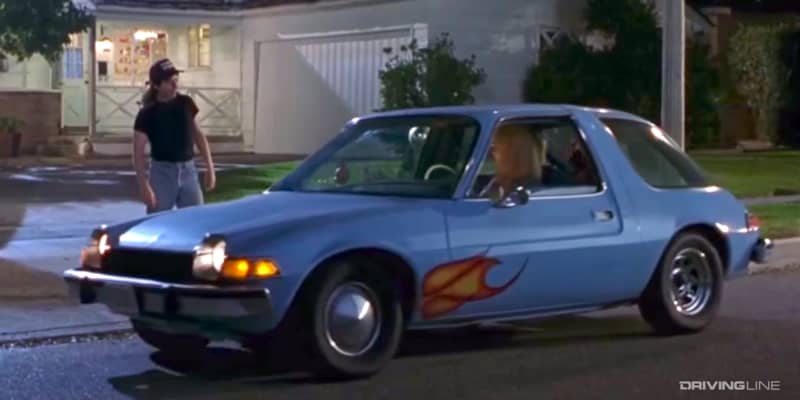
The car also slowly became the butt of jokes about its looks as time went on, and by 1977 sales figures fell off a cliff, never to recover. Even with a wagon and a V8 now in the picture, by the end the Pacer was moving less than 10,000 units a year, with 1980 marking the model's swan song.
Today, the Pacer has become somewhat of a lovable oddball, thanks in part to a starring role in the Wayne's World movie franchise. That being said, values have never risen among collectors, making the AMC among the cheapest 70s cars on the modern market. Neither ahead, nor of its time, the Pacer shows us what happens when a car company's dream of progress is denied by the harsh financial and technical realities of the auto business.
The Pacer wasn't the only 70s experiment from AMC. Check out the American Motors AMX/3 mid-engine supercar that could have completely changed the brand's image.





